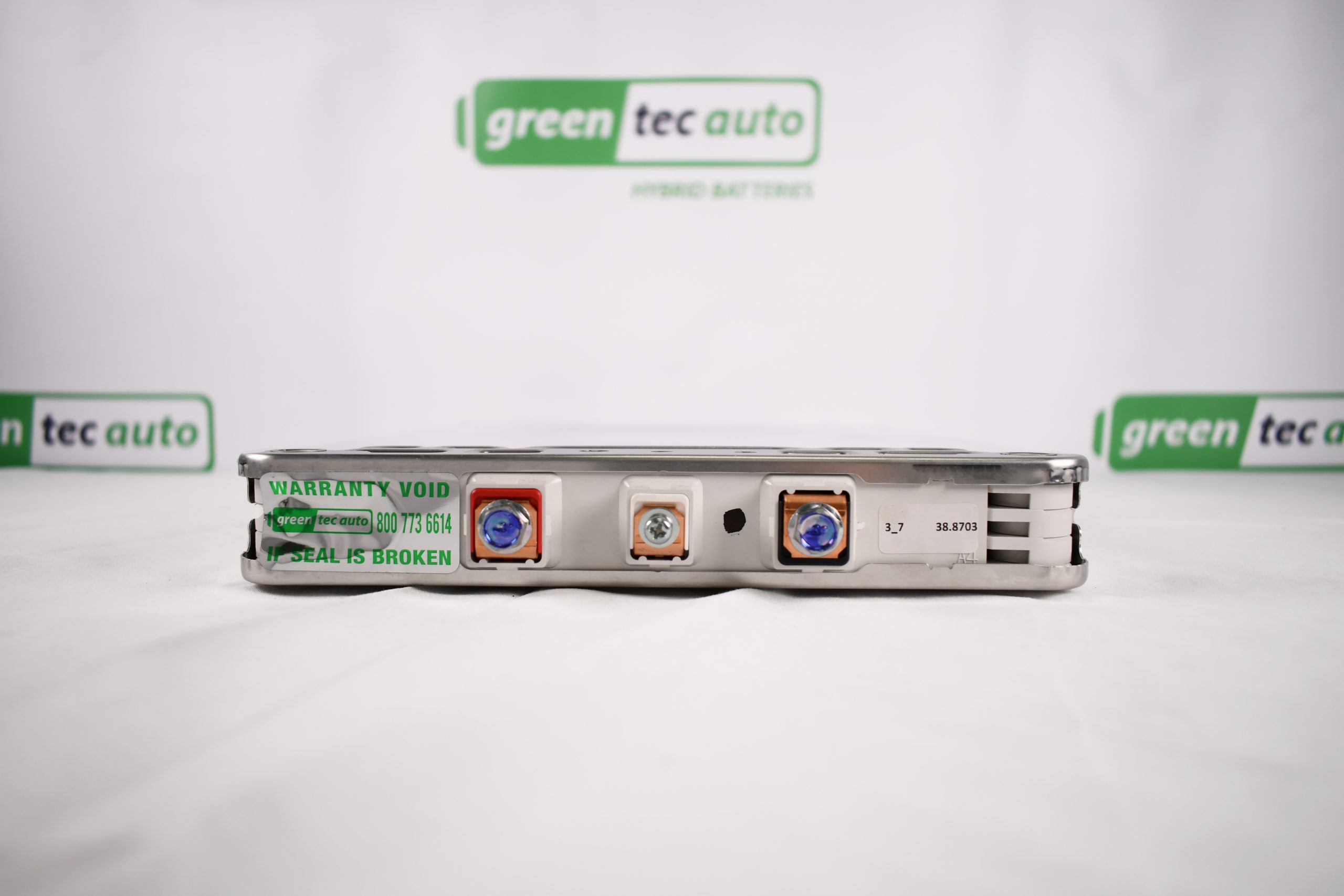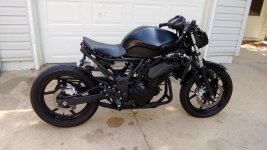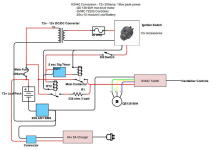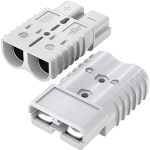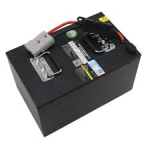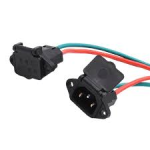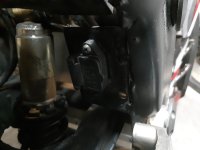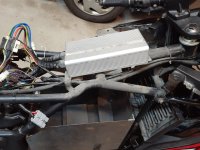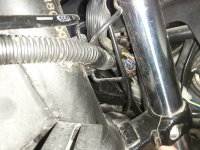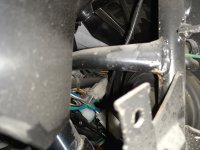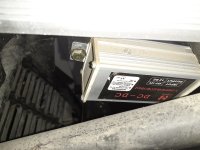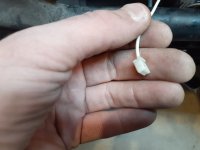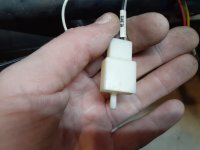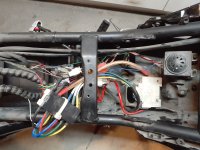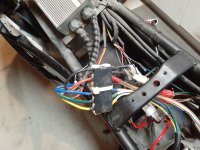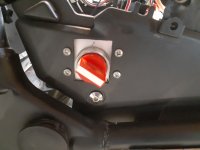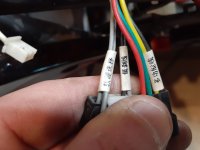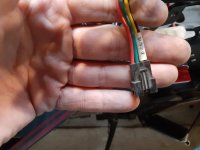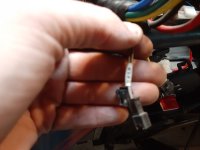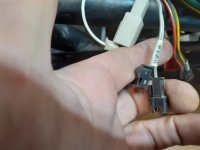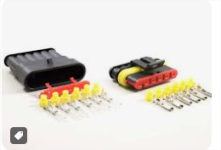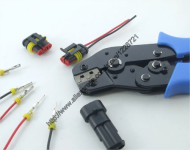DaLanMan
10 kW
On that note.
I have a plan for batteries for an e-bike my son wants changed out (it has a 10AH pack and he wants the 20 like his other ride has) I had a few long conversations with a couple Sparkies, and they eventually agreed that you can in fact have you unit split between 2 cels with a single BMS, it is gonna have cross connections in 00/2 and the output feed is gonna stay right where it is at now. I am gonna build this and then do a synthetic load test. Once again, because fire down below sounds great in a war movie, but not for your ebike.
I am not endorsing these statements, I am saying I am going to test the theory, and I don't think these chaps are wrong, i just have not seen anyone actually do that on a bike so far.
More when I have it.
I have a plan for batteries for an e-bike my son wants changed out (it has a 10AH pack and he wants the 20 like his other ride has) I had a few long conversations with a couple Sparkies, and they eventually agreed that you can in fact have you unit split between 2 cels with a single BMS, it is gonna have cross connections in 00/2 and the output feed is gonna stay right where it is at now. I am gonna build this and then do a synthetic load test. Once again, because fire down below sounds great in a war movie, but not for your ebike.
I am not endorsing these statements, I am saying I am going to test the theory, and I don't think these chaps are wrong, i just have not seen anyone actually do that on a bike so far.
More when I have it.


